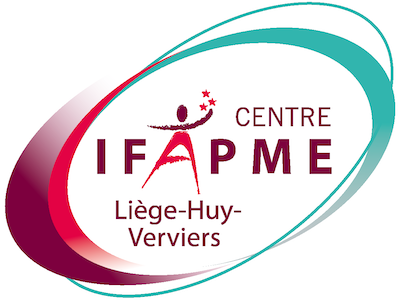1. What are the advantages of Common Data Environment (CDA)?
- Enhanced collaboration: If used correctly, digital technologies have the ability to improve collaboration. That means that all project data and information needs to flow into and be updated in one centralised system. This leads to improved coordination and teamwork, both internally and across teams.
- Creates a single source of truth: One reliable place for team members to access real-time plans, changes, and data leads to better decision-making and insight across projects and even company-wide.
- Improves efficiency and quality:Common data environments reduce the need to manually recreate data, which leads to reduced input errors and lost information.
- Lowers risk: A CDE lowers risk with better transparency and insight into the entire project landscape. Over time, this enables continuous improvement and predictability.
- Strengthens security: With a CDE, administrators and IT professionals have better control of data and information, creating more security
2. What is the difference between data-driven, data- informed and data aware design?
“Data-driven design” refers to making design decisions based solely on quantitative data. Within this framework, data is of primary consideration. A purely data-driven approach may be appropriate when the main goal of the project is performance optimisation.
“Data-informed design” is a somewhat more flexible approach. In this case alongside quantitative data, additional factors might be prioritised such as qualitative information, instinct, and experience.
“Data-Aware Design” - In this approach a design team would put quantitative data on an equal footing with other decision-making factors. This kind of team views data as just one of many potential sources of valuable information.
3. What is opens source software?
Open source software refers to software released without the usual copyright restrictions. This means the developer/s who invented are happy for other people to use their software for their own purposes, adapt and develop it as they see fit. More often than not, open source software is free too.
Open source software in BIM typically uses open standards such as IFC and BCF in its design and interfaces. This can make the exchange of BIM data with customers, partners, and suppliers easier.
Open source software also allows you to modify the program itself (if you want to). You could, for example, change the user interface, add your own special functions, or make the program interact in new ways with other parts of your IT architecture.









